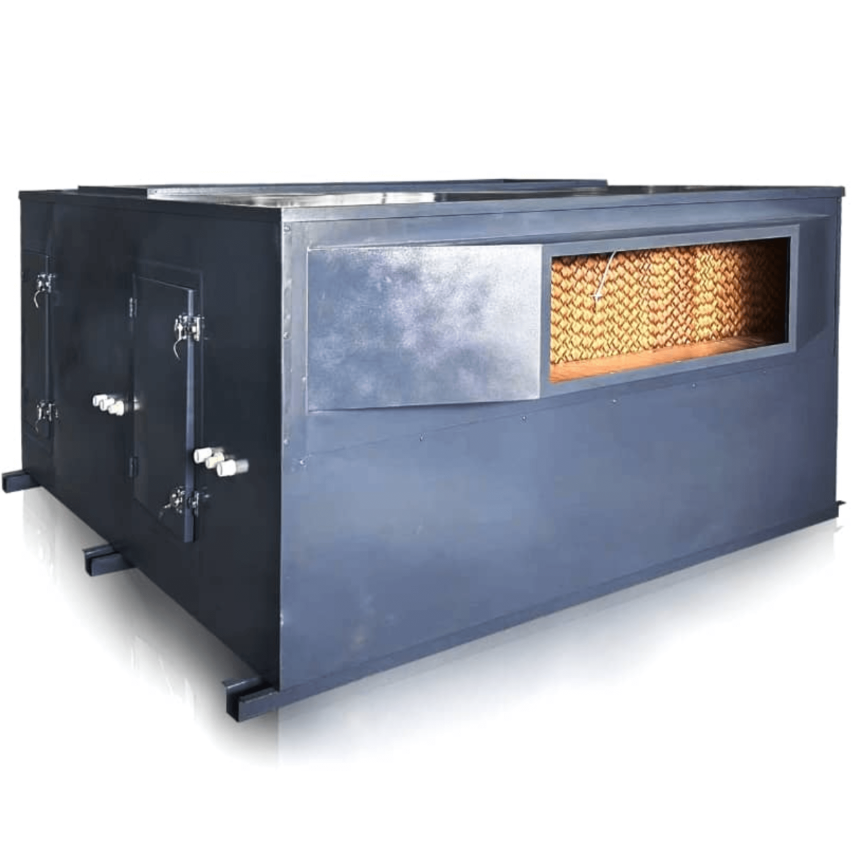The world of heating, ventilation, and air conditioning (HVAC) systems has undergone significant transformation over the years. One of the most important advancements has been the evolution of cooling system with compressor, which have become the backbone of modern air conditioning and refrigeration systems. These systems have not only made indoor spaces more comfortable but have also contributed to improved energy efficiency, environmental sustainability, and overall performance in various industries.
The Role of Compressors in Cooling Systems
At the heart of any cooling system with a compressor lies the compressor itself—a device responsible for pressurizing refrigerant and enabling heat exchange. The compressor takes the refrigerant gas from the evaporator coil, compresses it into a high-pressure, high-temperature gas, and then sends it to the condenser coil. Here, the refrigerant releases heat and cools down before returning to the evaporator. This continuous cycle of compression and expansion is what keeps cooling systems with compressors running efficiently, allowing them to absorb heat from indoor environments and release it outdoors.
Over the years, compressors in cooling systems have evolved significantly in terms of design, functionality, and energy efficiency. From the early piston-type compressors to the latest variable-speed scroll compressors, HVAC technology has dramatically improved, resulting in more reliable and cost-effective cooling solutions.
The Evolution of Compressor Technology
-
Piston Compressors
In the early days of refrigeration, piston compressors were the standard in cooling systems with compressors. These systems used a reciprocating motion to compress refrigerant, which was effective but also relatively noisy and energy-inefficient. Despite these drawbacks, piston compressors played a critical role in cooling systems for many decades and laid the foundation for future innovations. -
Scroll Compressors
The development of scroll compressors was a game-changer for cooling systems with compressors. Instead of a reciprocating motion, scroll compressors use two spiral-shaped elements that move refrigerant in a more continuous, smooth manner. This design not only reduces noise but also improves the efficiency of the cooling system. Scroll compressors quickly became a favorite in both residential and commercial HVAC systems because of their quiet operation, energy efficiency, and durability. -
Variable-Speed Compressors
As the demand for energy-efficient solutions grew, variable-speed compressors became an increasingly popular choice for modern cooling systems with compressors. Unlike traditional compressors that operate at a fixed speed, variable-speed compressors can adjust their speed based on the cooling demand. This means that the compressor uses only the amount of energy necessary to achieve the desired temperature, leading to less energy consumption and more consistent indoor comfort. These compressors are particularly useful in smart HVAC systems and are often paired with advanced control systems for even greater efficiency. -
Inverter Technology
Inverter technology is one of the most recent advancements in cooling systems with compressors. Inverter-driven compressors are capable of adjusting their speed and power consumption in real-time, resulting in a more energy-efficient and responsive cooling experience. HVAC systems with inverter compressors are able to maintain more precise temperature control and operate at lower noise levels, which makes them ideal for residential spaces and commercial environments that require consistent climate control.
Environmental Impact and Future Trends
The ongoing development of cooling systems with compressors is also focusing on sustainability. With rising concerns over climate change and the depletion of ozone-depleting substances like CFCs and HCFCs, the HVAC industry has made significant strides in reducing its environmental impact. Modern compressors are now designed to work with eco-friendly refrigerants, such as R-410A, and future technologies may even rely on natural refrigerants, which have a far lower global warming potential.
Additionally, the integration of smart technology into cooling systems is opening up new possibilities. Smart thermostats, sensors, and AI-driven controls can help optimize compressor performance and ensure that cooling systems only operate when needed, reducing energy waste.
Conclusion
The evolution of compressors in cooling systems has been marked by innovation and a commitment to energy efficiency and sustainability. From the early days of piston compressors to today’s variable-speed and inverter-driven models, the technology behind cooling systems with compressors has made significant strides. As we move toward a more eco-conscious and energy-efficient future, we can expect even more advancements in cooling systems, offering consumers smarter, greener, and more effective ways to stay cool. The future of HVAC systems with compressors is brighter than ever, paving the way for comfort without compromise.

